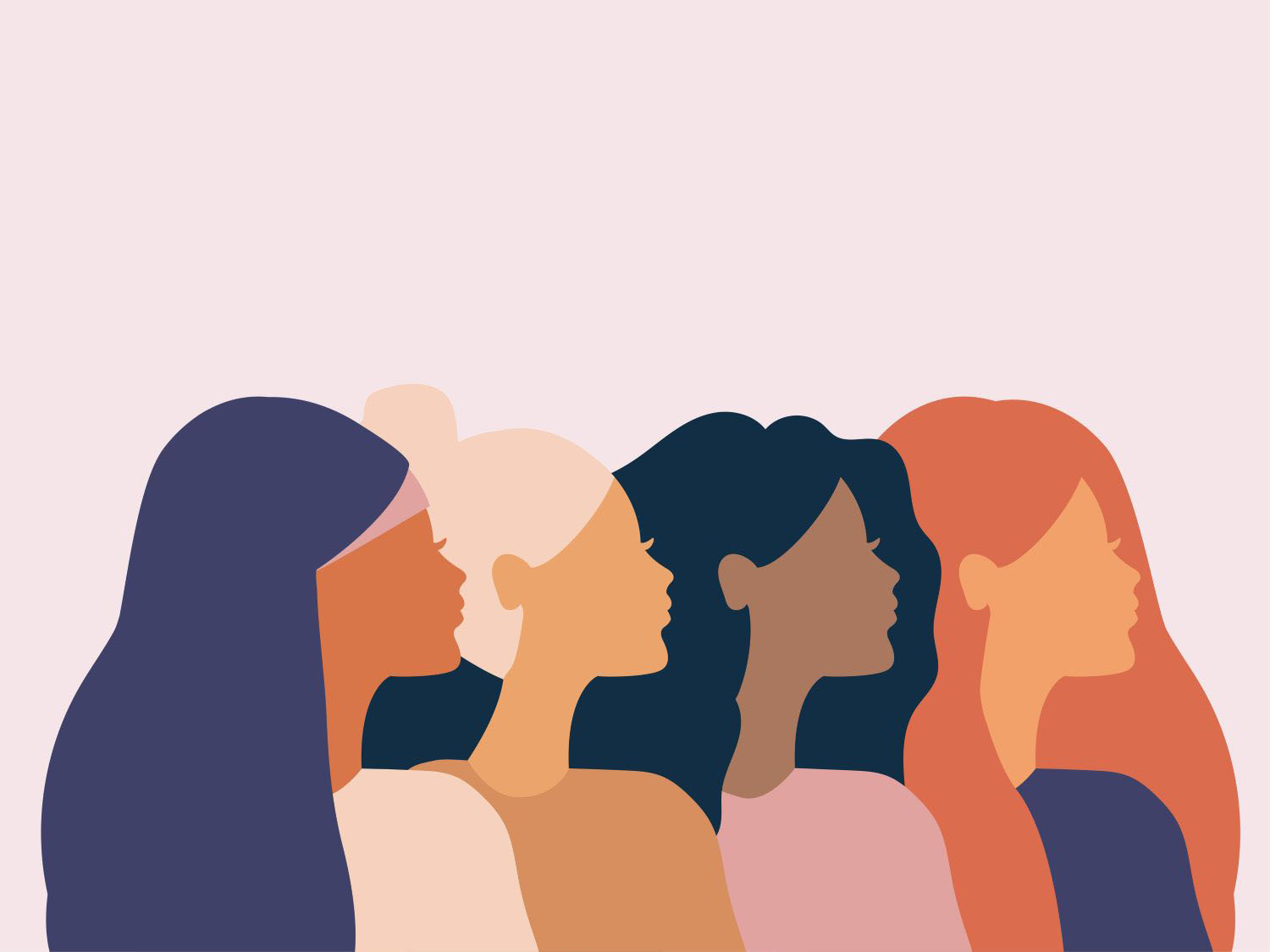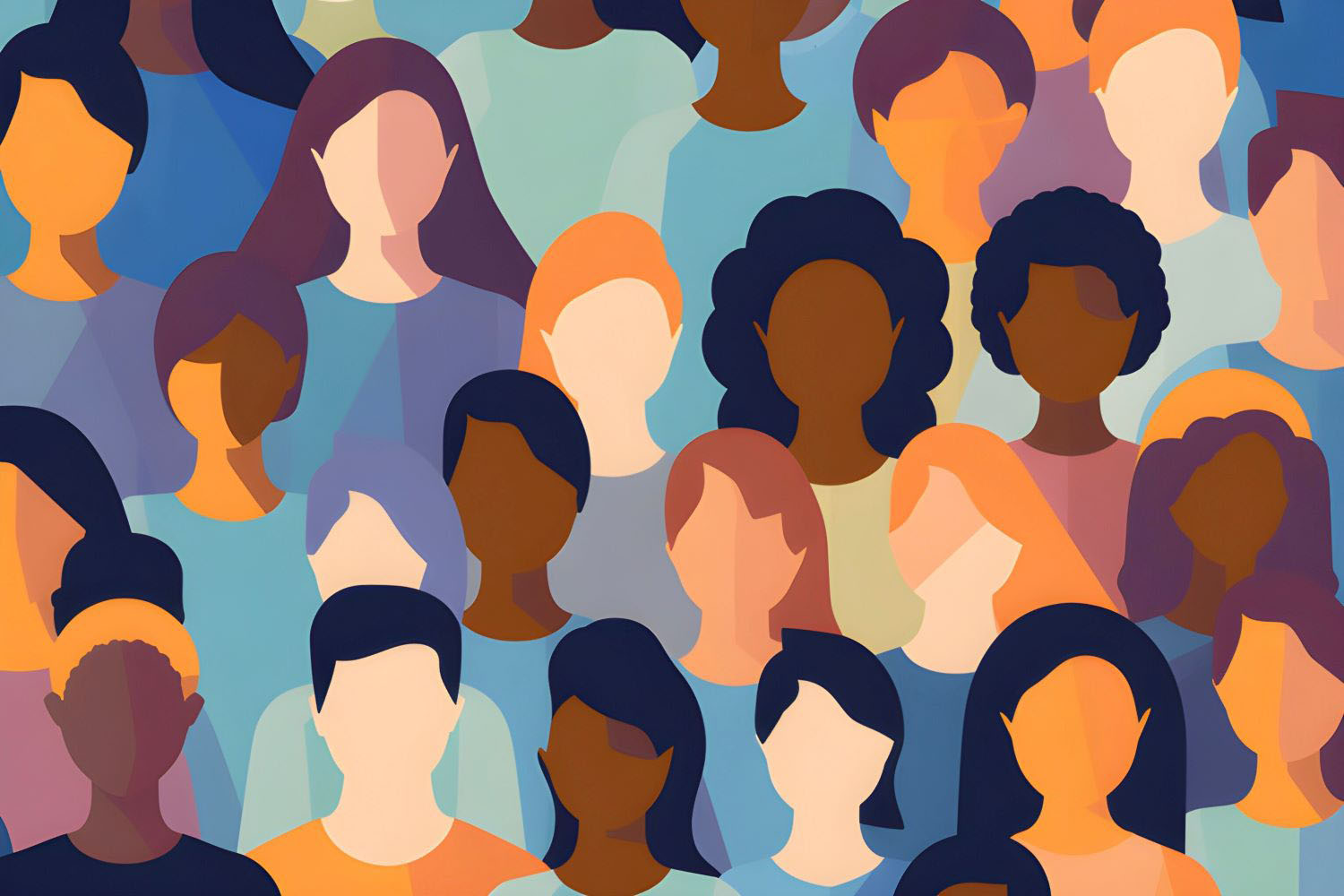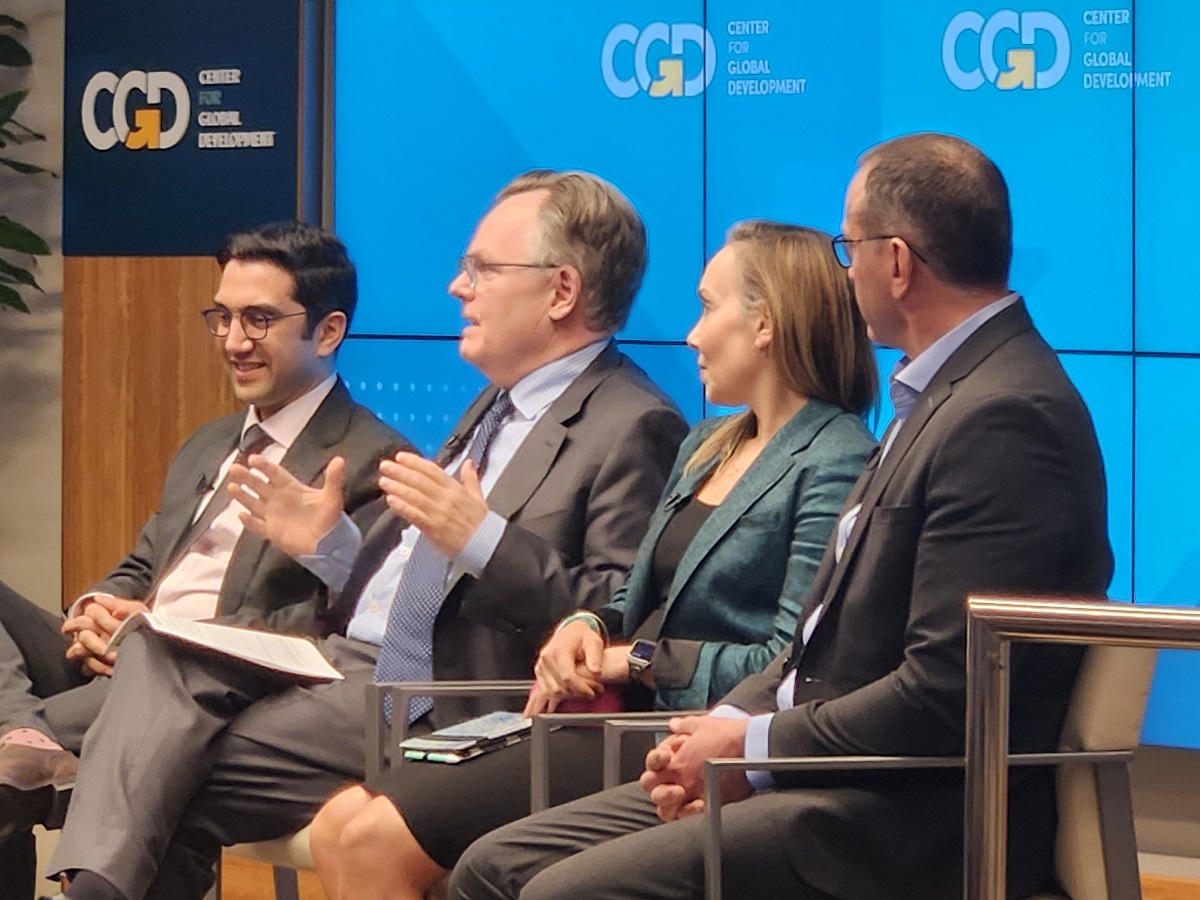In a seminal paper, Claudia Goldin and Cecilia Rouse show that when musicians do a blind audition for symphony orchestra positions—they perform behind a curtain—women are more likely to be hired than men. But, when the curtain is up and the person hiring can see who is performing, men are more likely to be hired. Achieving parity for promotion into management roles is difficult. The pool is small, and the recruitment committee likely has a personal relationship with each applicant. In other words, for managerial recruitment, the curtain is always up. And the audition is a decades long performance, reflecting endogenous choices shaped by systemic bias, skewed networks (old boys clubs), entrenched sexism, and so on.
Our recently released research on women’s representation in management positions in international financial institutions (IFIs) shows that women only make up about a third of all managers in the IFI workforce and that politically appointed positions lag even further behind. This is what happens when the recruitment curtain is always up!
Last week, CGD hosted the 9th annual Birdsall House Conference on Gender Equality. This year’s theme was focused on women’s underrepresentation in IFI leadership and featured two candid and thought-provoking discussions on the variety of challenges still faced by women in the IFI workforce, the opportunities their representation has created for different policies and impacts, and how to increase women’s leadership within IFIs.
Two panels of women IFI leaders spoke candidly and personally of the sacrifices they have made both professionally and personally, and the challenges they faced in a male-dominated workplace and in a society that places a disproportionate caregiving burden on women. Such systemic bias and a lack of flexibility in advancement guidelines hurts women’s trajectories. These leaders also talked openly about how a lack of systematic, rules-driven hiring process leads to a lack of women in leadership. To ensure that women get a fair shot, they described how their own offices often rely on quotas and insist on recruitment shortlists that have gender parity. And they used their own experiences to call for formal mentorship programs and greater male allyship to better support women in becoming leaders. We discussed how institutional cultures that allow micro aggressions and other gendered interactions undermine women in the workplace. They highlighted the need for more thoughtful measures of diversity, including accounting for intersectionality in experiences of bias and discrimination.
I struggle to distill such a rich discussion into a few takeaways, but three standouts for me were the role of flexibility, intentionality, and authenticity. We need systems to be flexible for when “life happens” (and we know that it happens disproportionately to women). We need recruitment and promotion systems that understand the gendered nature of society. We need to be intentional in addressing systemic bias. And finally, if we are flexible and intentional, then perhaps we will build a system that allows women to be their authentic selves in the workplace.
Finally, I want to echo what several participants throughout the day highlighted. We need to bring more data to this problem, to understand better both quantitatively and qualitatively who is thriving, who is falling behind, who is leaving the IFI workforce and why, and all the strategies that women employ to thrive in the workplace.
CGD blog posts reflect the views of the authors, drawing on prior research and experience in their areas of expertise.
CGD is a nonpartisan, independent organization and does not take institutional positions.








